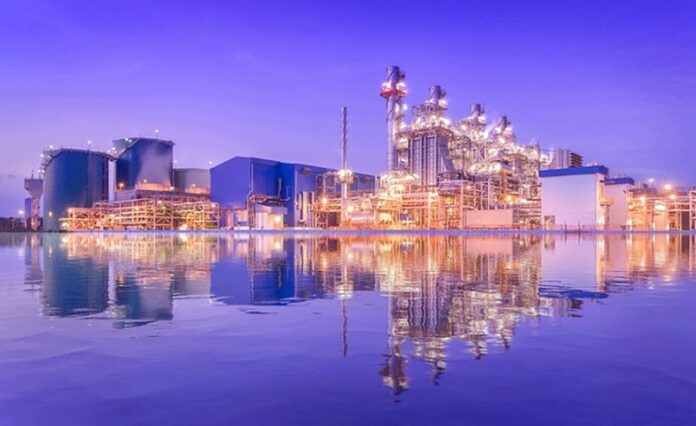The “Oil and Gas Report in the Middle East and North Africa – MENA 2023-2024” shows the planned spending by the Gulf Cooperation Council countries on oil, gas and petrochemical projects is about 325 billion dollars, while Kuwait’s share is about 7% of the total spending, at 22.4 billion dollars, to replace and ranks fifth in terms of spending.
The UAE topped the volume of future spending among the GCC countries, accounting for about 29% with $93.9 billion, with Saudi Arabia taking the second spot with about 26% of spending worth $84.4 billion, reports Al-Anba daily.
Oman ranked third with about $79 billion, representing 24.3% of the total future spending on projects in the region, while Qatar ranks fourth with about $40.1 billion, representing 12.34% of the total spending and Bahrain comes in sixth place with $5.1 billion.
The report pointed out that the oil, gas and petrochemical sectors combined constitute the second largest sectors historically in the GCC countries, as contracts worth more than $280 billion were awarded during the past decade, while reviewing the size of active oil, gas and petrochemical projects in the region, specifically 14 countries, which reached a size of its projects amount to $868.7 billion, with the six Gulf states alone receive about half the value of those projects ($415.5 billion).
Saudi Arabia topped the volume of active projects in the Gulf region with about $176 billion, constituting in total more than 42% of the projects in the Gulf. The UAE came in second place with about $82.9 billion in the volume of active projects, and Qatar came in third place in the Gulf with about $79.6 billion. Oman ranked fourth with $38.4 billion, Kuwait ranked fifth with $22.3 billion, and Bahrain came in sixth place with $16.3 billion.
At the regional level, Iran ranked second after Saudi Arabia with a project volume of $141.9 billion, followed by Iraq with $137.9 billion, and Egypt fourth with $87.6 billion.
MEED stated that in light of the world abandoning its centuries-old dependence on fossil fuels, and since oil producers in the region are concerned with this matter as a result of the importance that hydrocarbon revenues pose to their economies, the global shift towards clean energy represents a fundamental change in their business model. Therefore, as their customers’ tendencies change, they must also change.
In response to these developments, the leading national oil companies in the region are taking the initiative to implement new policies and investments that enable them to maintain their position at the forefront of the global energy sector. The policy focuses on diversifying investments in new technologies and types of fuel, on preserving hydrocarbon reserves, and on reducing greenhouse gas emissions from Through clean technology and reduced consumption.
At the same time, oil companies in the region are turning away from their traditional customers in the West towards new markets in China, India and Southeast Asia, which will bring new customers, suppliers and financiers to the region’s oil and gas sector.
But even as such deep-rooted changes occur, the region’s oil and gas producers know that hydrocarbons will remain the world’s largest energy source for decades to come, even after oil demand growth begins to slow, and they know that low production costs give them a significant advantage. As a result, they are investing heavily to expand their production capacity, whether in the exploration and production sector or refining, distribution, storage and transportation.
While the headlines in 2020 and 2021 focused on suspending projects, reducing the budgets of project owners and delaying their implementation, as well as canceling contracts and reducing the number of employees, the situation in the regional oil and gas projects market witnessed a significant and noticeable improvement in the past year, which witnessed… Oil, gas and petrochemical producers in the region have awarded contracts worth more than $30 billion.
This number is expected to more than double in 2023, and with the steady increase in the number of projects entering the implementation stage and the large volume of contracts scheduled to be awarded this year, it is necessary for the regional project industry to address the issue of human resources.
Regarding planned projects, the report highlighted that the value of planned gas projects is the largest sector, followed by chemicals in second place, which indicates changing trends in capital expenditures.
Regarding future contracts, the report said that there are many tenders in the bidding stage across the exploration and production sectors in the region, and the UAE, Iraq and Saudi Arabia own the largest share of these projects in the short term.

















